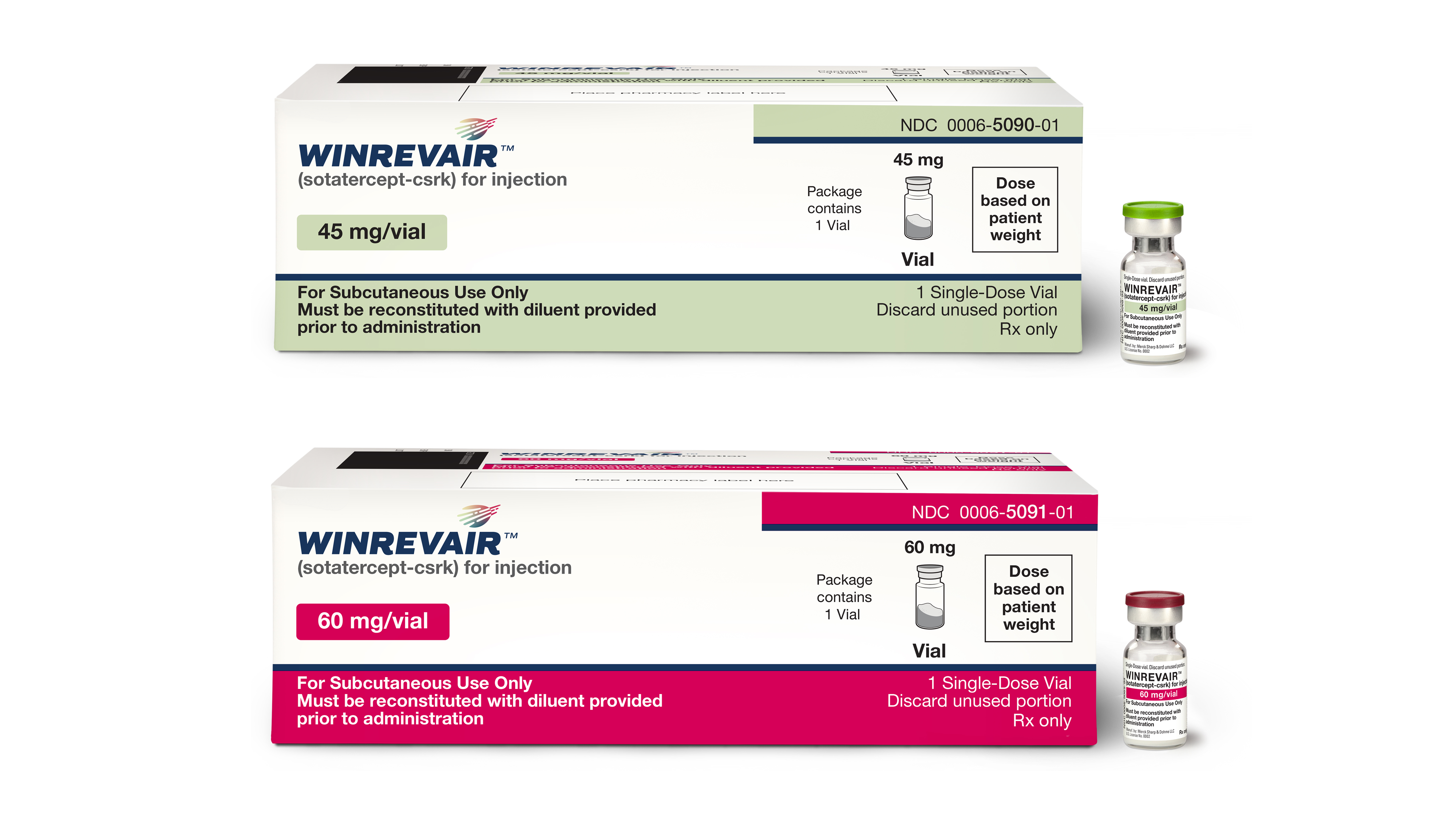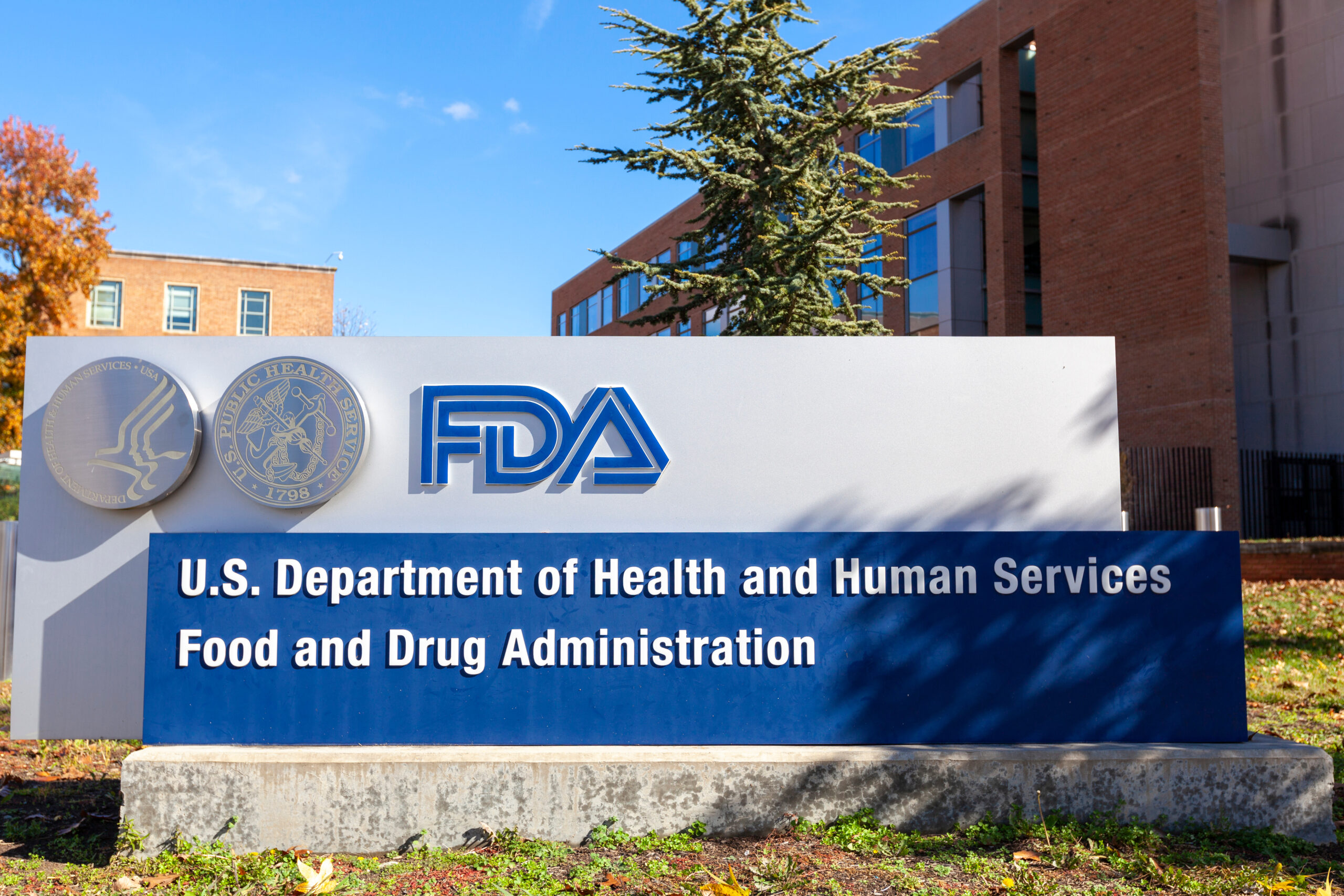According to Researchers at Lancaster University, standard treatments for high blood pressure may not be addressing damaging circulation issues in small blood vessels. The results of the study – which were published in the journal, Computational Physiology and Medicine – suggest that future drug development into antihypertensive medications should focus on reversing some of the harmful effects of high blood pressure on microvascular systems.
Hypertension is a widespread health problem with around 40 percent of individuals over the age of 25 experiencing high blood pressure, according to the World Health Organization (WHO). High blood pressure is damaging to the circulatory system and also increases a person’s risk of experiencing more serious health events, including stroke, kidney failure and heart disease.
“It is clear that current anti-hypertensive treatments, while successfully controlling blood pressure, do not restore microvascular function,” said co-author Aneta Stefanovska, a professor in the physics department at Lancaster University.
In their study, Stefanovska and her team compared the vascular function of three distinct groups: one group of healthy individuals in their twenties, another with those in their seventies who were being treated for hypertension, and a third group of elderly individuals with no history of high blood pressure. While the researchers found that the antihypertensive medications given to those in the older group were able to restore normal vascular function in larger arteries, the same couldn’t be said for the smallest vessels.
“Specifically, current hypertensive treatment did not fully restore the coherence or the strength of coupling between oscillations in the heart rate, respiration, and vascular rhythms (vasomotion),” said Stefanovska. “These are thought to be important in the efficient and adaptive behaviour of the cardiovascular system. Indeed, one aspect of ageing is the progressive physiological weakening of these links that keep the cardiovascular system reactive and functional.”
While the Centers for Disease Control and Prevention (CDC) estimate that about 75 million Americans have high blood pressure, only about 50 percent of these individuals are managing the condition. This means that up to 37.5 million people in the US are taking antihypertensive medications which may not be adequately addressing and reversing damage done to microvascular structures.
“The results have not only confirmed previous observations of progressive impairment with age of the underlying mechanisms of coordination between cardiac and microvascular activity, but for the first time have revealed that these effects are exacerbated in hypertension,” said Stefanovska. “Current antihypertensive treatment is evidently unable to correct this dysfunction. Our novel multiscale analysis methods could help in optimising future drug developments that would benefit from taking microvascular function into account.”












Join or login to leave a comment
JOIN LOGIN